Whether you’re new to birding or a grizzled veteran, you’ve likely heard of a Big Year, where birders compete with themselves — and one another — to see the most species over the course of a year.
Most of the famous Big Years occur at a country or global level, where the competition is fierce. It’s not unheard of for birders to quit their jobs, plan their itineraries in minute detail, and spend tens of thousands of dollars on flights… all to chase birds every waking moment for 365 days. Much like sports, these high-caliber Big Years have a set of rules, governing bodies to verify records, and occasional accusations of cheating. It’s a quest that’s been immortalized on screen, with the 2011 movie The Big Year, or in print, notably in Noah Stryker’s Birding Without Borders or Sean Dooley’s The Big Twitch.
While doing nothing but birding for a year sounds like heaven, the realities of a Big Year of this scale are a bit out of reach for many people. Taking a year off of work and traveling non-stop around the world isn’t compatible with paying a mortgage. Or raising kids. Or caring for elderly parents. Or a successful marriage, in many cases.
But that doesn’t mean your Big Year dreams are entirely out of reach. If you’re like me and you enjoy adding a bit of competition into your birding, you can still do a Big Year…. on a budget.
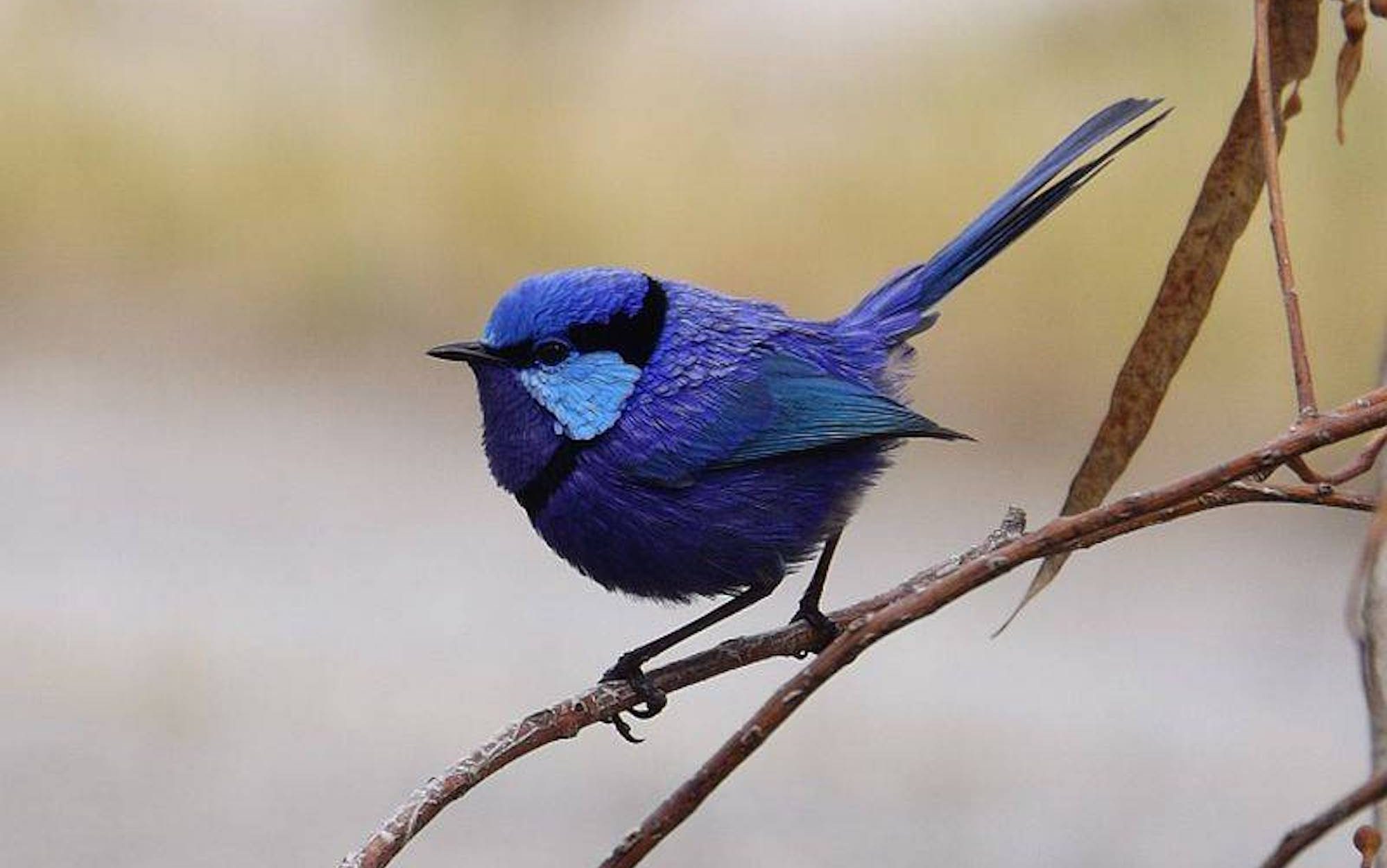
What Is A Big Year?
Before we start, it’s worth taking a step back to look at the fundamental elements of any Big Year: competing with yourself and/or others to see the maximum number of birds possible in a set geographic area, over a calendar year.
Maximum effort, in a set area, for a year.
It’s that first element — maximum effort — that sets a Big Year apart from other birding endeavors. Many birders, myself included, keep lists of how many birds they see in a year, and some track those lists against locations. (How many birds did I see in my yard? In my state? My favorite hotspot?) But those endeavors are not Big Years, because they’re not done at maximum effort.
“In my mind, if you’re calling something a Big Year, you’re committing to trying to get everything, or as many species as possible,” says Jeremy Ringma, an ecologist and conservation scientist for Birdlife Australia. “Otherwise, it’s just going birding regularly for a 12-month period.” Ringma, a friend of mine and lifelong birder, is currently undertaking his own local Big Year near his home in Perth, Western Australia. He walked me through how he approached planning, and how you can start your own Big Year, too.
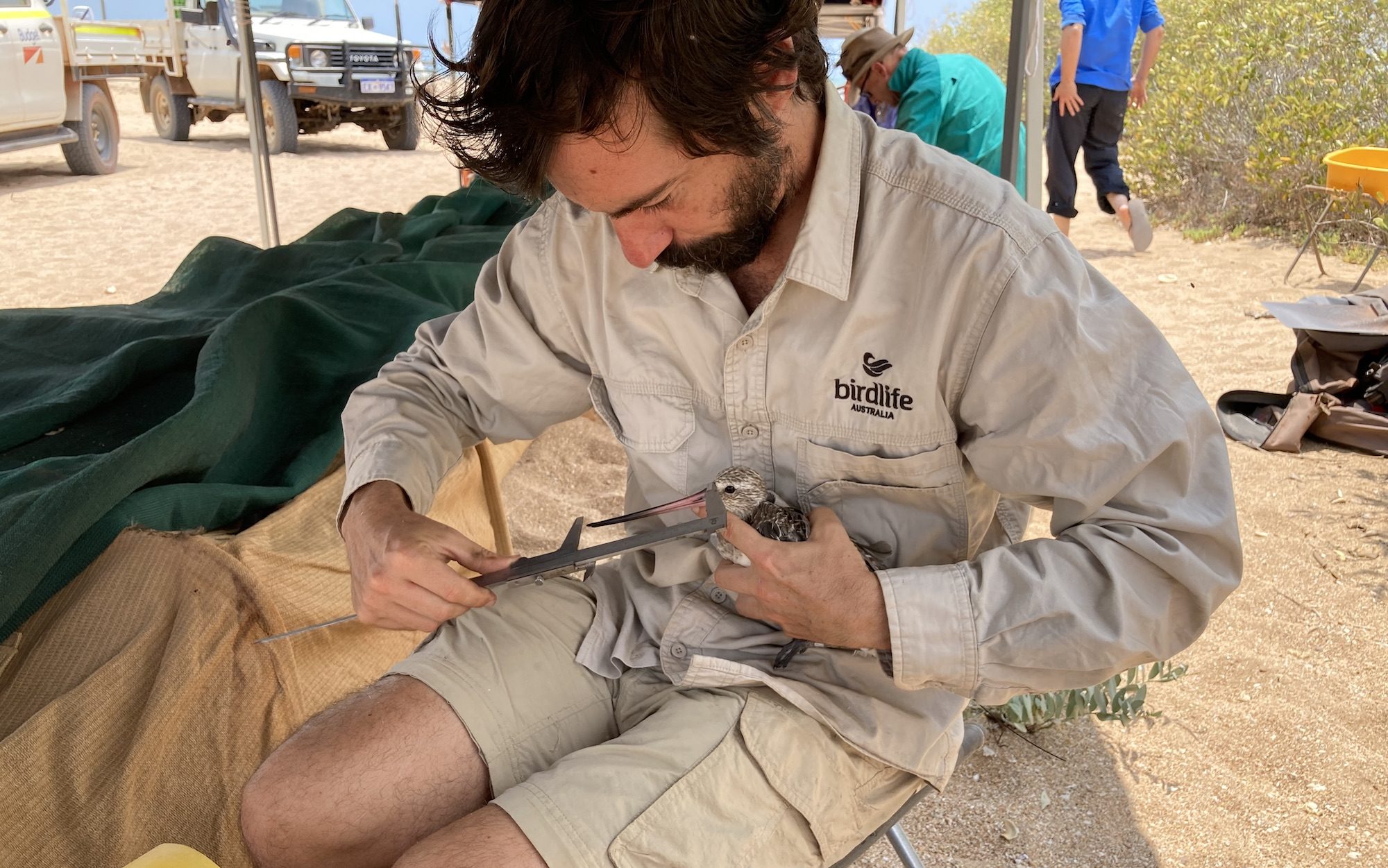
Step 1: Define Your Boundaries
All Big Years are bound by geography. But what boundaries you draw are entirely up to you.
The high-profile Big Years are usually done at a global or country level. If you live in Ireland, a country Big Year is fairly achievable. If you live somewhere like the United States or Australia… then that’s a different prospect. For those of us on a budget, consider using a smaller area, like a state, county/shire, or a city. Hugh Possingham, another birding friend of mine, is also undertaking what he is calling a “local” Big Year within the boundaries of Brisbane City.
You could even undertake a Big Year within a single birding hotspot, or your yard, but Ringma cautions that by going too small, you risk hitting all of your potential birds too quickly, or having nothing to do for weeks at a time while you wait for the seasons to shift and new species to migrate.
For his own Big Year, Ringma eschewed geopolitical boundaries, instead opting to seek birds within a 100-kilometer radius of his house in Perth. He chose that distance because it incorporated a large variety of habitats (and therefore bird species) and was close enough that he could day-trip nearly all of his birding outings. “I didn’t want to make it so small that I’d go birding 3 times and have 99% of my target species,” he says, “but I also didn’t want to have to galavant over the entire state, because I’m on a budget.”
That boundary also means that his Big Year is inherently a personal competition, as no one else will be birding the exact same area. If you want to lean into the competition, choosing a standard area like a state or county will allow you to compete against other birders, if that’s your thing. “Define your area based on what works for you,” says Ringma.
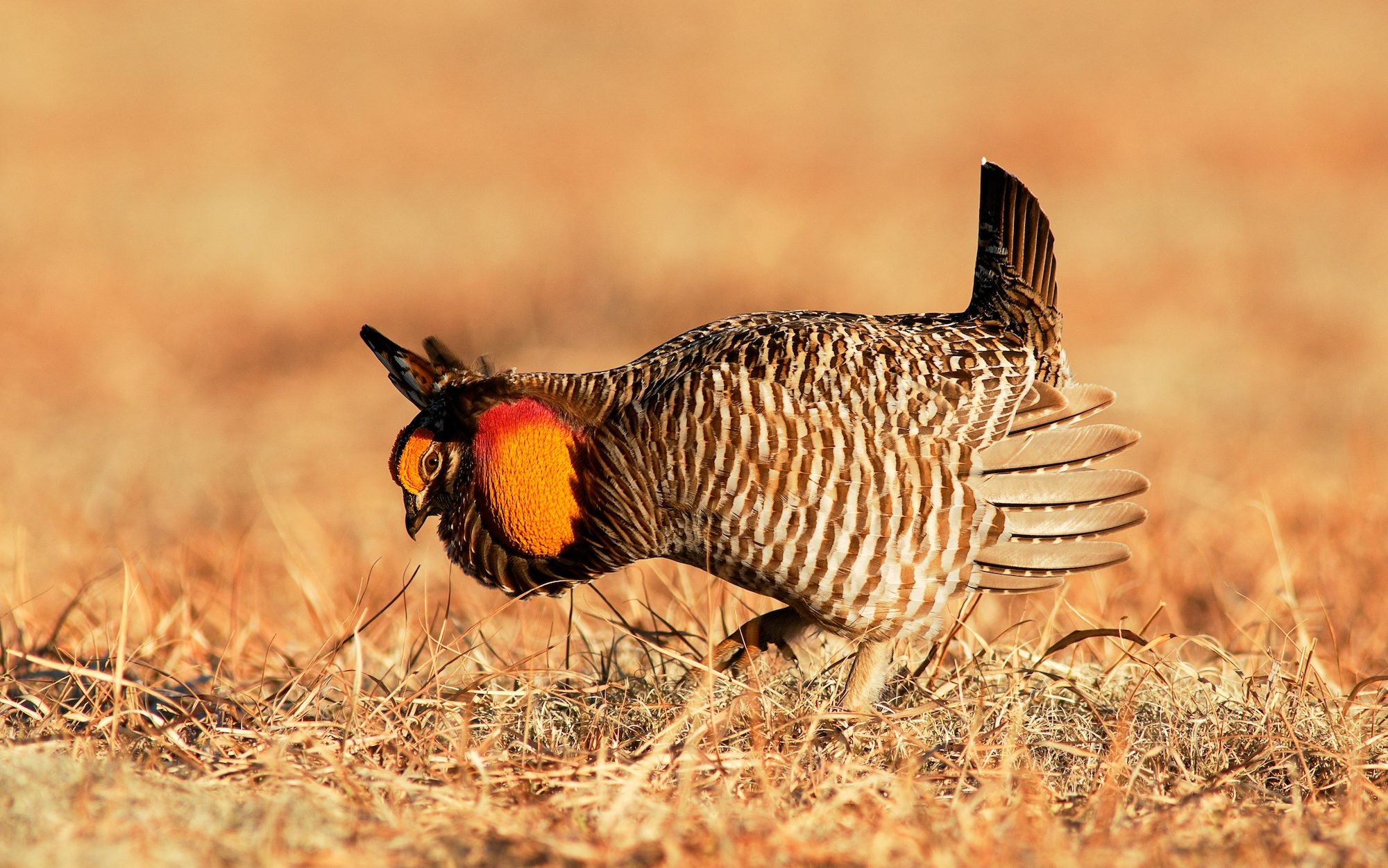
Step 2: Set Your Target
Once you have your Big Year boundaries, it’s time to dig into the data.
After settling on his 100-kilometer radius, Ringma used eBird and BirdData (for Australians) to look up how many species were possible, over a calendar year, in that area. For his area, anywhere between 190 and 240 seems possible, depending on what birds do throughout the year, how hard he chases rarities, and whether or not he incorporates pelagic boat trips offshore.
Ringma decided on a target of 200 species, which he thought was right in the sweet spot between achievable and challenging. When setting your own numerical target, try to find a balance between what’s possible and what’s realistic. Remember, it’s not a Big Year if you’re not at maximum effort, but that means different things to different people. (And if you’re using a Big Year to motivate yourself to do more birding, it’s probably best to keep some easier-to-find species in your back pocket, to keep you occupied in between migrant seasons.)
What’s especially fun about local Big Years is that they can create “artificial” rarities. For example, fairy martin are common in other parts of Australia, but uncommon near Perth. Normally, Ringma wouldn’t bother to seek out this bird near his home, because they’re much easier to find elsewhere. “But because it occurs in my [Big Year] radius, I have the challenge to find it where it’s rarer, which is fun,” he says. “And I get to go birding at a spot I wouldn’t ordinarily go, and find a new patch.”
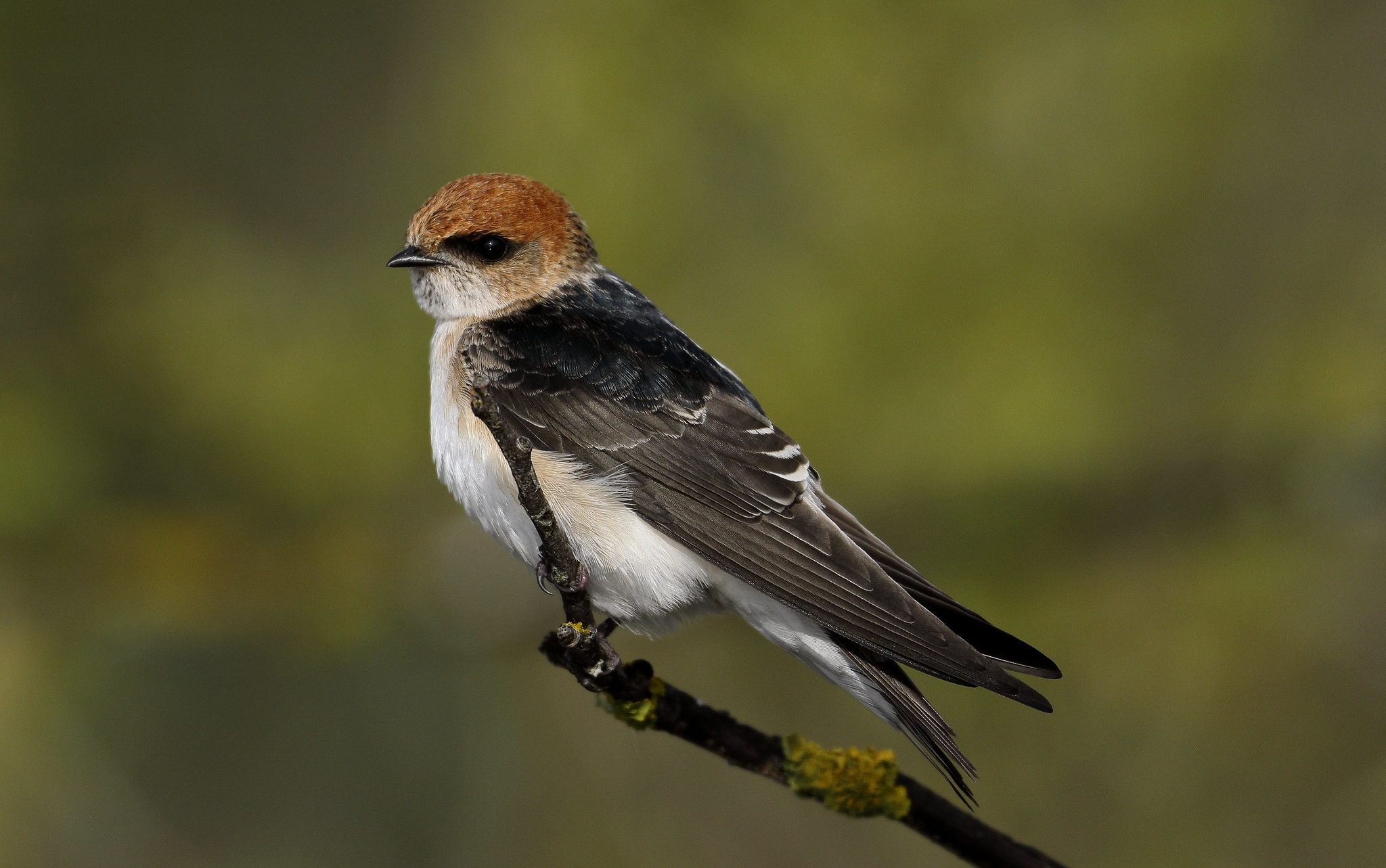
Step 3: Make A Plan
Once you have your geographic area and species target, the next step is to make a plan for how you want the year to unfold. “If you are going to go hard and get as much as what’s reasonably possible,” says Ringma, “then part of that is the homework.” So yes, we’re talking spreadsheets.
In many places, the success of a Big Year rides on this type of preparatory work. You need to create some kind of schedule — the exact level of detail is up to you — to guide your birding throughout the year.
- What birds are going to be easy, that you’ll tick without even trying?
- What birds take targeted effort, only found at one particular place in your area?
- And what birds are one-shot wonders, where if you miss them once, you’ll struggle to get them again?
If you’re birding an area with a strong seasonal migration, you need to pay attention to that last question. For example, birders in the eastern US have might only two short windows to scoop up warblers as they pass through during spring and fall migration. If you miss those windows, no more warblers. Shorebirds are another species with distinct migratory pulses. This is where tools like eBird come in handy, as their bar charts and hotspot tools can help you identify your key windows for different species.
As the year gets underway, sign up for eBird’s rarity reports. Local Facebook birding groups can also be very handy for discovering local rarities to twitch. If you’re like me and struggle to identify bird calls, use Merlin to help identify what bird is making that weird noise overhead. (Note that Merlin only covers the US, Canada, Europe, with some common birds of Central and South America, and India.) For North American birders, use BirdCast during spring or fall migration to help pinpoint when migrants are moving through your area en mass. It’s like a weather forecast, but for birds.
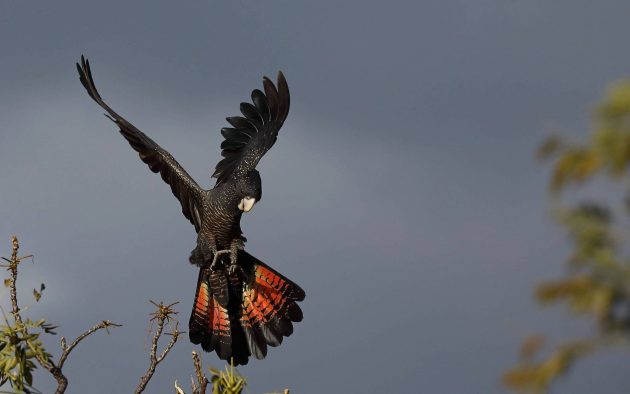
Step 4: Keep A List
For those birders who hate lists, I have bad news for you: you can’t do a Big Year without keeping a list. (But don’t worry, there are ways to reduce the headache.)
eBird is perhaps the easiest way to organize lists for geo-political boundaries, and it will allow you to track your progress against other Big Year birders. Their app allows you to record species while you’re in the field in an efficient and user-friendly format.
That said, I never use the app. Birding is one of the ways that I disconnect and de-stress, and I loathe having to take my phone out of my pocket every time I see a bird. Instead, I keep a handwritten list on a pocket-sized notepad and then enter the data into eBird when I get home.
Ringma shares my Luddite tendencies, and he takes a minimalist approach to his Big Year list. “I undertake bird surveys on a regular basis for work,” he says, “so the last thing I want to be doing in my leisure time is obsessing over data quality.” He keeps a list of his 200 target species in a spreadsheet, and each time he sees a new bird for the year he notes the date and location. That’s it. Nice and simple.
That said, if you want to lean into the data and scratch your competitive itch, eBird has built-in mechanisms that let you compare yourself with other birders for the year at different geographic boundaries.

Step 5: Go Birding
Now that the hard work is done, it’s time to go birding.
Wake up early to squeeze in an hour before work. Schedule that weekend camping trip, or a visit to a new hotspot while your patient partner watches the kids. Go look for gulls at the local dump. Stay up all night searching for owls. Dream about seeing that elegant trogon (my personal nemesis bird) or Gouldian finch.
Ringma, who’s been a serious birder for more than 20 years, tells me that it’s sometimes hard to motivate himself to go birding. Life is busy, the to-do list never grows shorter, and after birding for so many years it’s not often he has the thrill of seeing an entirely new species. A Big Year can help shake you out of the birding doldrums, and motivate anyone to get outside and watch birds.
And yes, you can obsess a little bit about your list. (We all do it.) But don’t forget that Big Years are just as much about going birding as they are about birds.




I’m lucky in that I live right next to Madera Canyon, South of Tucson. During the annual migration it becomes a birders paradise. Maximum return for minimal effort.
One enterprising fellow even had rentable cabins built on his property directly in Madera Canyon, specifically for birders. His wife also runs a mean expresso machine, so there’s no worries about running out of energy. Ha. Ha.
JUST REMEMBER! Do NOT wander out into our Sonoran Desert alone. We lose around 2 dozen tourists that way every year. Arizona is actually mostly wilderness. We have a few cities with LOTS of open land in-between and the animals definitely view people as on the menu. So come visit us, but also find a local who knows the desert before you head out into it.
You could also have two types of budget constraints, carbon and financial!